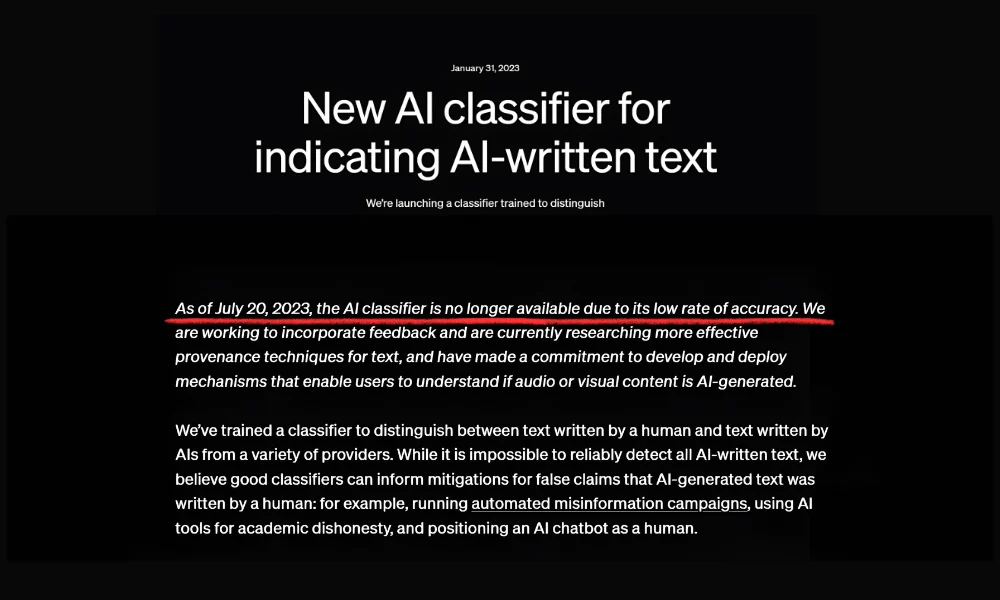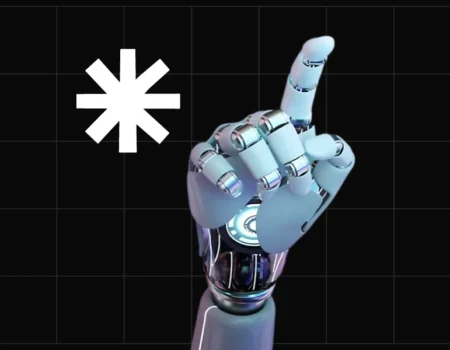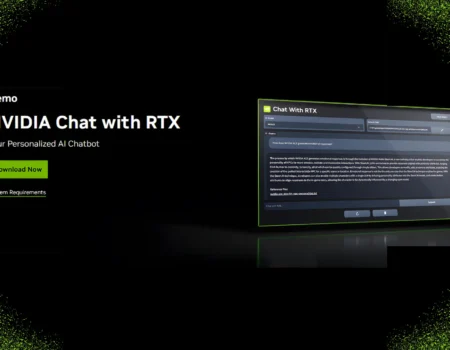One aspect where the generative AI does change the fabric of how we believe in content generation is the fact that everyone uses tools that somehow are imbued with the capability to generate ideas.
This means AI is now being used in writing everything from blog posts to marketing copy and even academic papers.
But what quite concerning for all of us is: Can AI-generated content be detected?
One’s worst fear is whether the content generated by a particular AI will be flagged or whether quality and performance will be affected.
So, let’s take a look here at how AI detection tools work, their accuracy, with tips for you on creating authentic content, whether you use AI or not.
AI tools for you: Claude vs GitHub Copilot: Which AI Tool is the Better Choice?
What Are AI Checkers/Detectors?
AI detectors, or checkers, are tools designed to differentiate between human-written and AI-generated content.
These tools use complex algorithms to identify patterns in the text that could indicate an AI model like GPT-4, Claude, or Gemini created it.
For instance, AI-generated content may have repetitive sentence structures or unnatural phrasing that AI detectors can pick up on.
How Do AI Detectors Work?
AI detectors primarily rely on natural language processing (NLP) and machine learning models.
These technologies analyze the text’s structure, vocabulary, and patterns to make a prediction about whether a human or AI wrote it.
Here’s how they typically work:
- AI-generated text often follows predictable patterns, unlike human-written content, which tends to be more varied.
- The detectors compare the probability of certain phrases and sentence structures in human vs. AI-generated content.
- They also look for specific linguistic features like word frequency, sentence complexity, and coherence between ideas.
However, the accuracy of these detectors can vary greatly depending on several factors.
For example, simple AI-generated content is easy to detect, but complex or human-edited content is harder to flag.
Also, AI detectors commonly flag human content as AI and let AI content slip through undetected.
Read more here: 10 FREE ChatGPT Alternatives & Competitors 2024
Are AI Checkers Accurate?
The truth is, their accuracy can vary widely.
AI detectors easily catch simple, unedited AI content but can’t with text heavily edited by humans.
AI detection tools can catch about 60–70% of AI-generated content but with a considerable margin for error.
A major issue is false positives, where human content is incorrectly flagged as AI-generated.
Creative, complex human writing that doesn’t follow conventional structures can easily be mistaken for AI content.
For instance, some detectors flagged historical documents like the U.S. Constitution as AI-generated, that shows their unreliability in practical scenarios.
In fact, even OpenAI, the company behind ChatGPT, discontinued its AI Text Classifier (a tool for detecting AI-written text) on July 20, 2023.

OpenAI cited the tool’s low accuracy rate as the reason for discontinuing it, that shows current detection technology is still far from perfect.
Google’s Stance on AI-Generated Content
Google does not explicitly ban AI-generated content. Instead, it focuses on content quality.
Their main concern is whether the content meets their E-E-A-T (Experience, Expertise, Authoritativeness, and Trustworthiness) standards.
If AI-generated content is low-quality or manipulative (keyword-stuffed or irrelevant), it could still harm your rankings.
Google hasn’t explicitly stated they will penalize AI-generated content, they do highlight the importance of originality and relevance.
AI-generated content is less likely to be flagged if it meets user needs and resembles human writing.
In a recent Google Search Central SEO office-hours hangout, Mueller explained:
For us these would, essentially, still fall into the category of automatically generated content… if you’re using machine learning tools to generate your content, it’s essentially the same as if you’re just shuffling words around
Top AI Detector Tools and Their Limitations
Let’s take a quick look at some popular AI detection tools, their benefits, and challenges:
- TraceGPT
- Pros: Good at spotting patterns typical of GPT models.
- Cons: Struggles with edited or more nuanced text, leading to missed detections.
- GPTZero
- Pros: Trusted in education, great at catching simple AI-generated text.
- Cons: Less effective with long or human-edited content.
- Originality.ai
- Pros: High accuracy with light AI edits, includes plagiarism checks, and website scanning. Flexible pricing.
- Cons: Can mislabel AI content as human and is pricier than some free tools.
- WordTune AI Detector
- Pros: Affordable with good customer support.
- Cons: Unreliable at catching AI content, often missing AI-generated text.
- Packback
- Pros: Offers a wide range of tools for writing and AI detection, with extra support.
- Cons: Needs frequent updates to stay current, mainly focuses on text matching, not deeper cues.
Best Practices to Create Humanized, Quality Content
So, how can content creators ensure their work remains high-quality and human-like, regardless of whether AI tools are used in the process? Here are some tips:
Incorporate personal experiences and insights. This adds a unique touch that AI can’t replicate.
Use a conversational tone. This helps your content feel more natural and engaging.
Add unique data and research. Original information sets your content apart.
Implement proper citations and references. This adds credibility and shows depth of research.
Incorporate multimedia elements. Images, videos, and infographics can enhance your content and make it more engaging.
How to Cross-Check AI-Generated Content for Quality?
If you do choose to use AI in your content creation process, here are some best practices to follow:
Use AI assistance with human creativity. The most quality content often comes from a blend of both.
Use AI as a tool, not a replacement. Let it assist you, but don’t rely on it entirely.
Always edit and refine AI-generated drafts. Add your own voice and ensure the content aligns with your brand.
Fact-check and verify information. AI can make mistakes, so always double-check its output.
Maintain a consistent brand voice. Ensure AI-assisted content still sounds like you.
Remember, the point isn’t to outsmart AI detectors, but to create content that genuinely helps and informs your readers.
People Also Ask
Google doesn’t directly detect AI content but values quality and relevance. Low-quality AI content can hurt rankings and may be flagged as spam.
No, AI detectors are not 100% accurate. They can produce both false positives and false negatives, and their accuracy can vary depending on the sophistication of the AI-generated text.
Google’s current stance focuses on content quality rather than origin. As long as your content is helpful, reliable, and valuable to users, it shouldn’t be penalized simply for being AI-assisted.
There are no guaranteed methods to bypass AI detectors. Instead of trying to trick these tools, focus on creating high-quality, valuable content for your audience.
While not always necessary, transparency can build trust with your audience. If AI plays a significant role in your content creation, consider discussing your process openly.
There’s no set rule, but it’s good to check AI-generated content occasionally. Still, focus on creating valuable, well-written content for your audience.







No Comment! Be the first one.